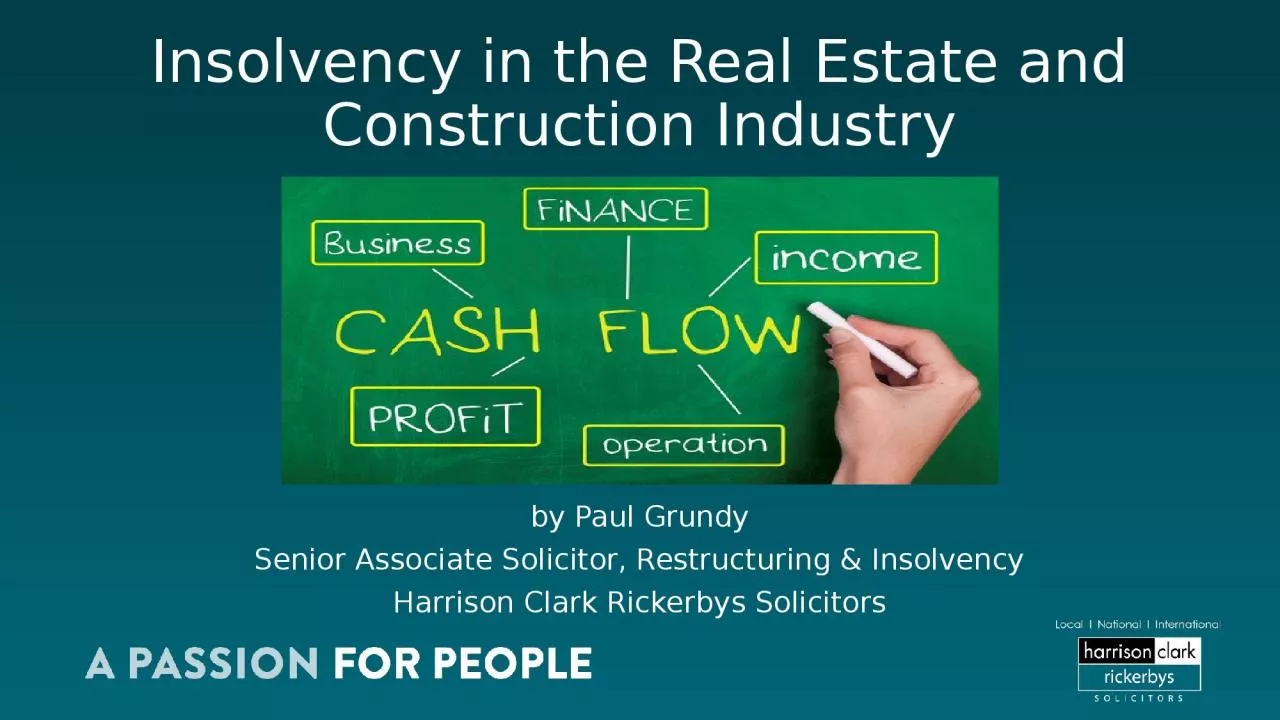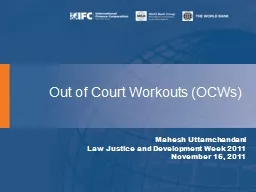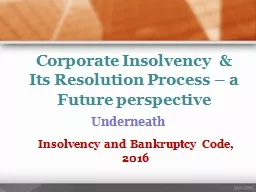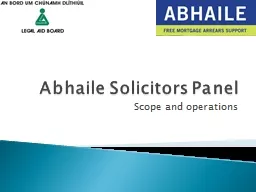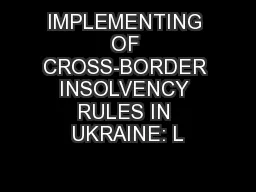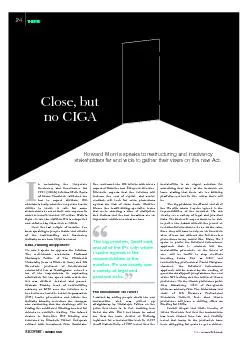PPT-by Paul Grundy Senior Associate Solicitor, Restructuring & Insolvency
Author : madison | Published Date : 2023-11-06
Harrison Clark Rickerbys Solicitors Insolvency in the Real Estate and Construction Industry Statistics and trends 2017 The underlying number of company insolvencies
Presentation Embed Code
Download Presentation
Download Presentation The PPT/PDF document "by Paul Grundy Senior Associate Solicit..." is the property of its rightful owner. Permission is granted to download and print the materials on this website for personal, non-commercial use only, and to display it on your personal computer provided you do not modify the materials and that you retain all copyright notices contained in the materials. By downloading content from our website, you accept the terms of this agreement.
by Paul Grundy Senior Associate Solicitor, Restructuring & Insolvency: Transcript
Download Rules Of Document
"by Paul Grundy Senior Associate Solicitor, Restructuring & Insolvency"The content belongs to its owner. You may download and print it for personal use, without modification, and keep all copyright notices. By downloading, you agree to these terms.
Related Documents

